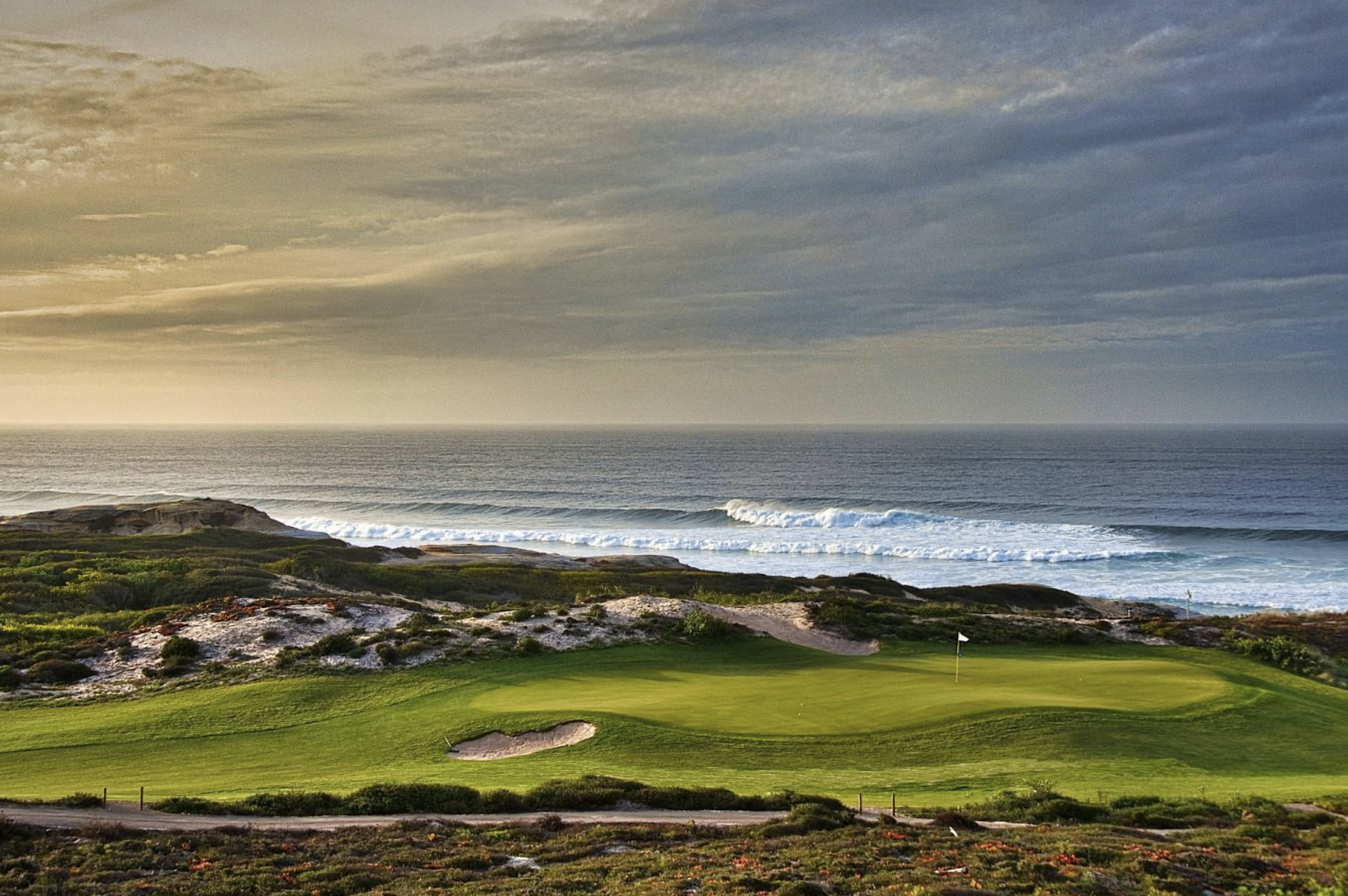CATEGORIES
- Latest News
- Interviews
- Golf Travel
- Features
- Juniors
- Competition
- Events
- Health
- Equipment
- Fashion
- Archive
INFORMATION
CURRENT ISSUE

SUBSCRIPTIONS



They can be lauded in one breath and cursed in the next, especially after an indifferent round or when a good shot results in a bad break. Without good course designers or architects though, a round would be a lot less memorable.
“You need to be knowledgeable and not just in golf,” explains Cynthia Dye, the 68-year-old founder of Dye Designs Group (DDG), adding, “My cousin would tell you, if you like to play golf, go sell cars and play a lot of golf. That's not why you become a golf course architect.”
As a member of the legendary Dye family, who are golfing royalty when it comes to course design and architecture, Cynthia’s designs and vision stretch from the United States of America through to various countries in Europe, the Middle East, Asia and the South Pacific.



Born in Ohio in 1955, Cynthia was introduced to traditional golf course design by her father Roy Anderson Dye, and her uncle, the celebrated golf course architect Pete Dye, who, it is documented, could simply walk a piece of land until a course routing and the holes came into his head. Her aunt Alice was an American amateur golfer and golf course designer known as the ‘First Lady’ of golf architecture in the United States, and her late cousin Perry built over 80 courses in his career.
Time after school would see Cynthia colouring maps and hand drawing golf course layouts before going on to study Horticulture and Landscape Architecture in Arizona, Irish literature and golf in Ireland and then a diploma in Landscape Architecture and Environmental Analysis at Harvard University.
After starting her career in building landscape design, it seemed only natural for her to join the family business and travel the world as a design consultant, a role which led her to experience many different terrains and climates in Europe, Asia and South America.
In 2001, the mother of five started Denver-based DDG with her husband O’Brien McGarey. Her third son Matthew, 42, is very much an integral part of the business, helping Cynthia out, especially with golf course remodelling which, according to Cynthia, is an area of the business that he really loves. “When he was young, he always said he didn't want to be a golf course architect because I would have already designed them all!”
One design that was a labour of love for them both was West Cliffs Golf Links in Portugal which opened in June 2017. It took years to gain government approval but, when completed, the award-winning layout which overlooks the Atlantic Ocean was also the first course in Continental Europe to be certified by the GEO Foundation for Sustainable Golf. “A lot of people put a lot of effort into that golf course to have it what it is today. It’s absolutely beautiful,” she says proudly.
Another highlight has been the development of Dreamland Golf Club. Located in Baku, it is Azerbaijan’s first and only 18-hole championship golf course that includes a Dye course, a golf teaching academy and a golf hotel. It also has a junior golf programme which has introduced the game of golf to over 300 local youths.
Another source of pride has been the design of the only current golf course in Iraq. Nine holes have opened at Erbil Hills Golf Club in the north of the country – totally grass – with the second nine due to be finished at the end of 2024.
And she has started work in Saudi Arabia which is an experience that she loves. “I like the challenge and you’re working with the best. It’s a challenge environmentally and sustainably but you can do it in the desert, you know? I find it very interesting to work with these really incredible minds and to see what they actually can do and to be part of that. That's what interests me. So, I find that's why I like it so much. Plus, the terrain is incredible. I love the desert; I love all the different landforms. Saudi landforms are so unique and change, especially where I'm working. It's beautiful.”
While Cynthia’s designs seamlessly blend aesthetics, functionality, and environmental considerations, she sees shorter golf courses being built in the future. “Land is valuable, resources are valuable. People don't have that much time and it also has to be more inclusive,” explaining that the layouts still have to be a challenge for all different levels and made family-friendly.



“I think that challenge is important to everybody and, as my aunt Alice would say, with women's tees they don't just want to putt it down - they like to have a little challenge themselves.”
The 18-handicapper, who wishes she plays more – “I see more dirt than green grass” – reveals that there are many scientific disciplines that go into making a great golf course architect, adding that one has to be not so much an expert but have the knowledge of what one can tap into. Somebody who really understands, wants to look at the site and try to clue in on all the features that a site has to offer.
“I always say it's a big puzzle and every golf course is a different puzzle. You never get the same one. You can't just blueprint your designs. I wouldn't even want to. What I love about golf architecture is being able to take aside all the different factors that go into a site, even the clients, you know, what they want, what's their budget, it's all those pieces of the puzzle.” She adds, “You know, there's a lot of stuff that you don't see on the golf course that people don't understand but that's what I think makes a great golf course architect. They can see the site for what it is and take all the other disciplines and mould them into what it is.”
Working in a male-dominated industry, Cynthia is also very mindful of the small number of women golf course architects there are around the world. As a member of the Women in the Golf Industry organisation, which consists of women who have careers spanning all aspects of the golf industry, Cythnia is keen to promote more inclusion of women in golf course architecture.
“My aunt Alice said the way to get new golfers is to go to the colleges and I agree. We have to go to colleges more often. We have to go to our alumni and talk to the landscape architects and try to involve more women.”
She continues, “There are guys who are starting to hire women, specifically to help promote women and golf. It's a slow change, but we're meeting, we're trying everything we can to get more people involved in it.”
When asked for one tip that she would pass on to a woman who wants to enter the industry. “Don't be intimidated by male dominance,” she answers with a smile.
Image credits: West Cliffs Golf Links, Obidos, Portugal. Marking future grass lines at West Cliffs. CTS Tycoon Country Club, Shenzhen, China. Desert The Wolf Course, Las Vegas Paiute Golf Resort, Las Vegas, Nevada. Sheraton New Caledonia Deva Spa & Golf Resort, Boreal, New Caledonia. During site clearing - pre construction.